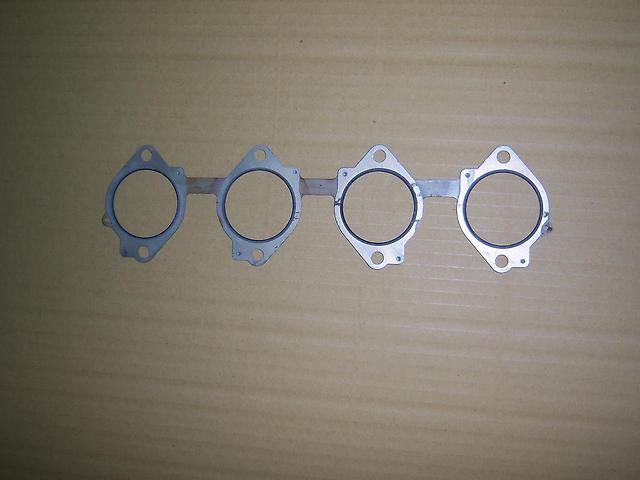
How to check your car's differential fluid
Ever since you got your driver's license, you've been told to check your engine oil. But what about fluids under your car? If you have a rear wheel drive, four wheel drive, or four wheel drive vehicle, chances are you have a differential under your vehicle.
Through the use of gears, the differential allows the wheels to rotate at different speeds when cornering to prevent skidding. The differential is also where final downshifting occurs in the transmission and where torque is transferred to the wheels. The amount of torque developed by the differential depends on the ratio of the two internal gears: the crown and the pinion.
Differentials require gear oil to function properly. This oil lubricates and cools the internal gears and bearings. It is recommended to check the fluid level in the differential if there are any signs of leakage from the external differential. You will also want to check the level if the differential has just been serviced. Here's how you check your differential fluid while driving.
Part 1 of 2: Fluid Check
Necessary materials
- Basic hand tools
- Oil drain pan
- Protective gloves
- Repair manuals (optional)
- Safety glasses
If you decide to get a repair manual for reference, you can look up the make, model, and year of your car on sites like Chilton. Autozone also provides free online repair manuals for certain makes and models.
Step 1: Locate the differential fill plug.. Typically, the filler plug is located on the differential or on the differential front cover. The fork can be hexagonal or square.
Step 2: Loosen the differential fill plug.. Place an oil drain pan under the differential and loosen the differential fill plug using the appropriate tool.
Some fill plugs are loosened with a ratchet and socket, while others, with square inserts, are loosened with a ratchet and extension.
Step 3 Remove the differential fill plug.. Remove the differential fill plug.
The liquid should flow out. If this does not happen, then the level is low and you need to add fluid.
Part 2 of 2: Adding Fluid
Necessary materials
- Basic hand tools
- differential fluid
- Oil drain pan
- Protective gloves
- Repair manuals (optional)
- Safety glasses
Step 1: Add Differential Fluid. Add the appropriate fluid to the differential until it starts to run out.
Most differentials use gear oil, but weight varies. The type of fluid can be found either in the owner's manual or in the vehicle repair manual. The parts store can also find the type of fluid for you.
Step 2. Replace the differential filler plug.. Replace the fill plug and tighten it with the tool used in Part 1, Step 2.
Tighten it to a snug fit, or refer to your vehicle repair manual for exact torque specifications.
That's all! Now you know how to check not only engine compartment fluids. If you prefer to have your differential fluid replaced or inspected by a professional, AvtoTachki mechanics offer qualified differential service.
